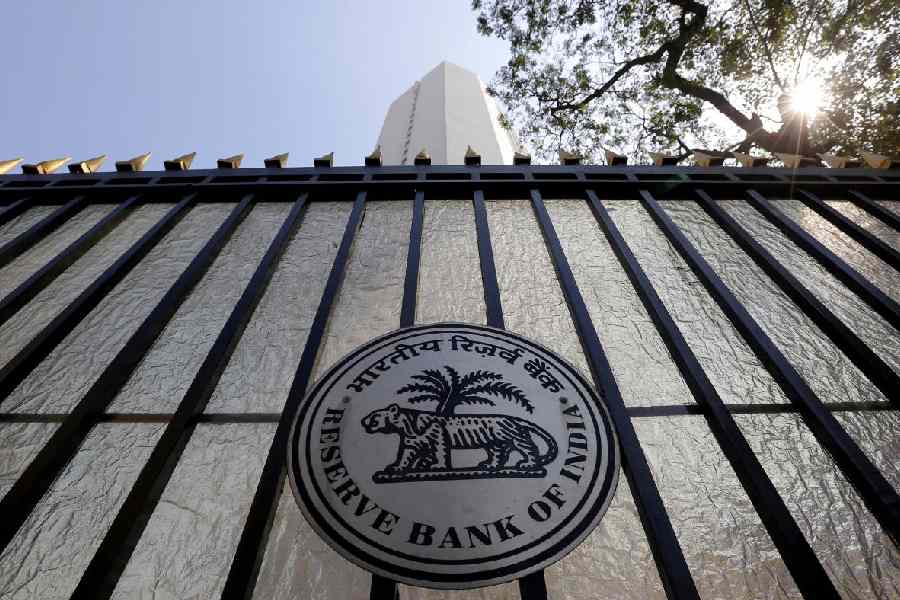The Reserve Bank of India’s 2024-25 annual report has revealed a worrying phenomenon: the rise of bank frauds. These have risen sharply from Rs 12,230 crore in 2023-24 to Rs 36,014 crore in 2024-25 — three times higher in just one year. Part of this escalation, the RBI has said, could be attributed to the fresh registration of fraud in 122 old cases during the current financial year after ensuring compliance with a judgment of the Supreme Court in March 2023. However, this does not take away from the Rs 36,014 crore that has gone missing from banks. Moreover, this rise was in spite of a fall in the number of fraud cases registered, from 36,060 to 23,953. This means that the frauds are becoming bigger in size. It must be noted that while public sector banks reported fewer cases than private banks, they still accounted for a staggering 71.3% of the total money lost, primarily due to loan-related frauds typically involving much larger sums. In fact, loan-related frauds dominate this sphere of transgression and are responsible for 92% of the total money lost to frauds across all banks, underscoring the enduring threat of fake loans, fund diversion, and wilful default. Despite the RBI’s active efforts to close loopholes, large-scale bank frauds continue. For instance, in February, a general manager of the New India Co-operative Bank diverted large sums and brazenly walked out of the bank carrying bags of cash. This suggests a deeper issue that regulation alone cannot fix: corruption and the failure of bank boards and managers to uphold their duty to protect depositors and investors.
Private banks, on the other hand, logged the highest number of cases registered — 59.4% — mainly via digital payments via credit/debit cards and internet banking where ticket sizes are smaller and aggregate losses lower. As digital transactions grow and banking reaches more people, fraudulent practices are expected to rise further. Both banks and the RBI must thus prepare preventive firewalls. An Artificial Intelligence-powered tool from the RBI is being tested to spot mule accounts used for money laundering in near real-time. Technologies like this should also target complex frauds, such as ‘connected lending’ to favoured individuals. An effective anti-corruption edifice targeting personnel with greasy fingers must also be erected. The impact of banking frauds transcends financial loss. They also erode public trust in banks.











